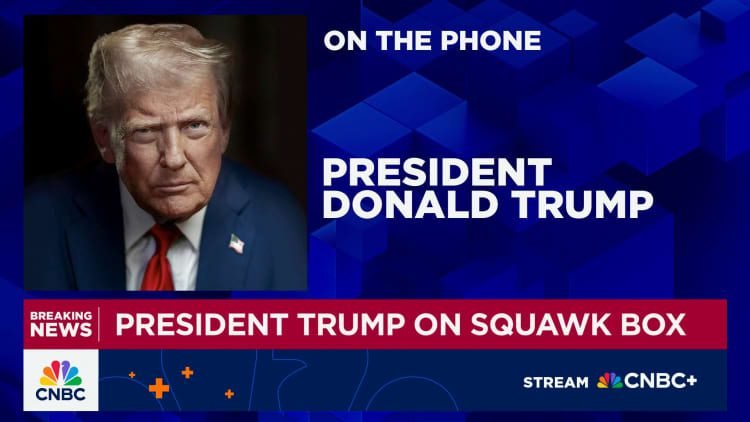U.S.-Russia Tensions: An Overview of Recent Developments
The dialogue between the United States and Russia has soured considerably in recent weeks. The latest comments from U.S. President Donald Trump highlighted his frustration over Russia’s economic condition and its implications for the ongoing conflict in Ukraine.
Rising Tensions in U.S.-Russia Relations
President Trump recently criticized the Russian economy during an interview, describing it as struggling significantly. He pointed out that a further decline in oil prices could pressure President Vladimir Putin to halt military actions in Ukraine. The idea is that lower oil revenues would diminish Russia’s ability to sustain its military efforts.
Trump stated that if energy prices were to drop by another $10 per barrel, it would compel Putin to reconsider his aggressive stance. This reflects a broader strategy of using economic sanctions to influence Russia’s actions in the region.
The Push for a Ceasefire
Amidst the escalating tensions, Trump has expressed impatience with Russia’s lack of movement toward a ceasefire in Ukraine. He set a shortened deadline for negotiations, urging Putin to arrive at a peace agreement quickly or face severe penalties. This escalating rhetoric has drawn responses from Russian officials, including former President Dmitry Medvedev, who accused Trump of making threats that could escalate conflicts beyond Ukraine.
Economic Impact of Sanctions
The dynamics of the U.S.-Russia relationship are heavily influenced by economic factors. Russia, one of the largest exporters of oil globally, has relied on oil sales to fund its military operations in Ukraine since the invasion in 2022. Western nations have imposed sanctions to curb these revenues, but countries like India and China continue to purchase Russian oil, complicating the situation.
Trump has expressed strong discontent regarding India’s continued oil imports from Russia. He has signaled potential tariffs that could reach up to 25% on Indian goods, arguing that India’s trade practices are misaligned with U.S. interests.
Recent Developments in Oil Pricing
As these geopolitical tensions unfold, oil prices have shown signs of instability. Recently, prices dipped to the mid-$65 per barrel range as OPEC and its partners announced increases in output amidst indications of weaker global demand. After Trump’s remarks, Brent crude futures and West Texas Intermediate crude both experienced declines.
The economic conditions influencing these prices are critical; Russia’s war-focused economy has faced tremendous strain from international sanctions, leading to escalating inflation and rising costs that have alarmed even Putin.
Russia’s Economic Outlook
Looking ahead, Russia’s economic forecast appears bleak. The country is grappling with significant challenges, driven by external sanctions and internal economic pressures. The Russian Economic Development Ministry has revised its growth predictions downward, signaling a potential slowdown in economic performance.
With these developments, the complexity of U.S.-Russia relations continues to deepen. The ongoing dialogue—or lack thereof—will likely determine future interactions between these two major global players, especially concerning their stances on energy resources and military engagements.
In summary, the rift between the U.S. and Russia is deepening, influenced heavily by economic realities and the urgency of diplomatic negotiations aimed at stabilizing the situation in Ukraine.
